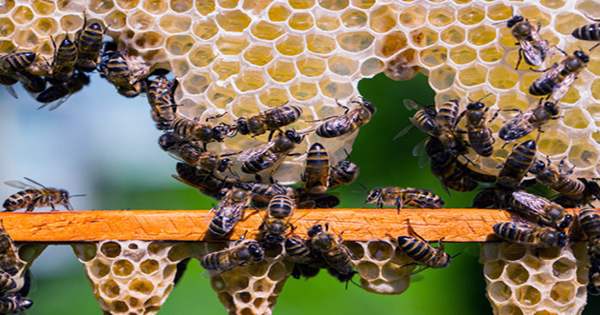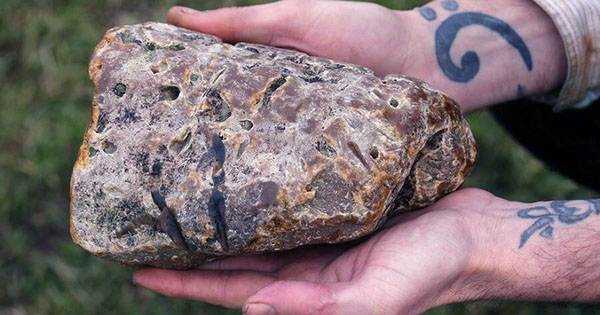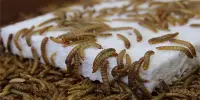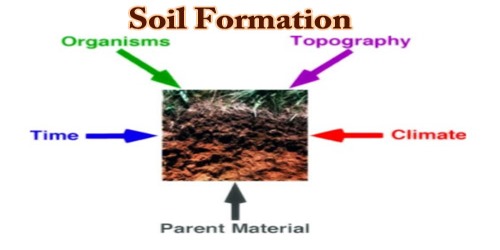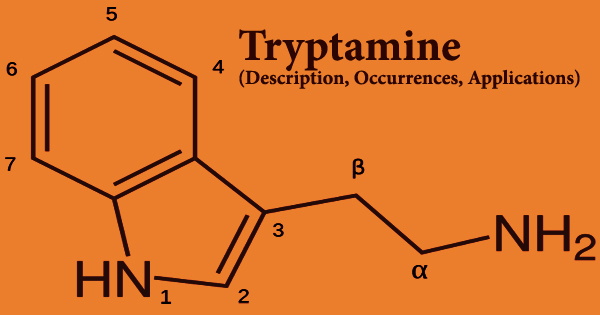Squid have been witnessed adjusting their coloring to fit in with their environment for the first time in scientific history. You might be perplexed as to why it took the scientific world so long to notice this behavior, but once you see how excellent it is, it’s easy to see why no one saw it sooner. Previously, only octopuses and cuttlefish were thought to be capable of camouflaging themselves into the surrounding substrate, but a new study published in Scientific Reports has added squid to the list. The discovery was made in a lab environment, when researchers observed the animals attempting to blend into their surroundings.
“Squid normally hover in the open ocean, but we wanted to see what happens if they go closer to a coral reef or if they’re pursued to the ocean floor by a predator,” said one of the three first authors, OIST visiting researcher Dr Ryuta Nakajima, in a statement. Few have had the chance to examine squid behavior on the bottom due to their open ocean nature, and the difficulties of keeping them alive has also prohibited extensive lab experiments.
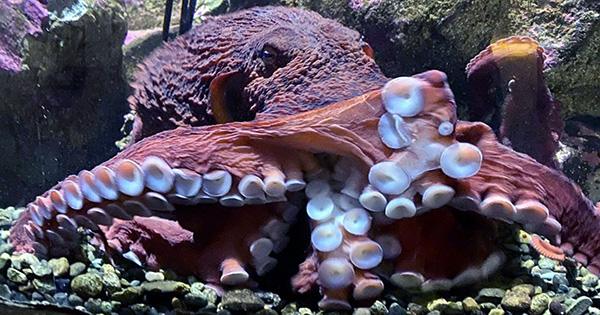
Scientists overcome this difficulty in 2017 by raising a kind of oval squid known as Shiro-ika in the area. It’s one of three oval squids found off the coast of Okinawa, Japan, but the individuals utilized in the study were raised to survive in captivity. In terms of their camouflage, the discovery was a happy accident, as is often the case in scientific research. Researchers from the Okinawa Institute of Science and Technology Graduate University (OIST) were cleaning up algae-infested tanks.
They found that while the squid were swimming over the algae, they turned a deeper color, but they were lighter in other regions of the tank. It appeared as though they were changing color to blend in better, which had never been formally recognized in squids before. The researchers were so taken aback by the fortuitous finding that they decided to undertake a controlled experiment to learn more about what was going on. They set up cameras to watch what happened next and left half of the tank to develop algae while keeping the other half clean.

